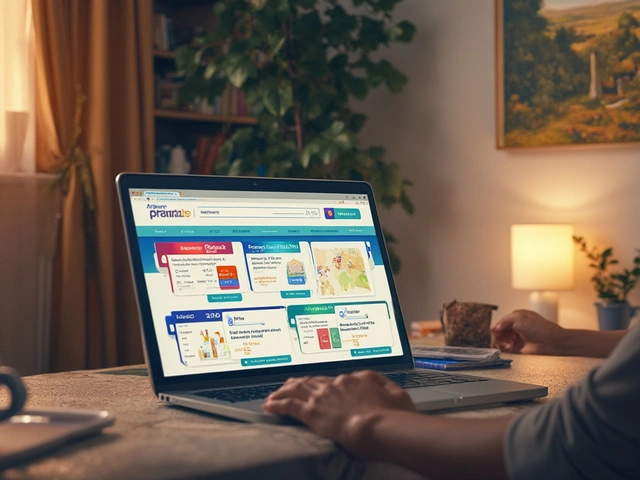Discomfort: practical tips to feel better fast
Discomfort shows up in lots of ways — a sore joint after a workout, burning heartburn after a meal, or a sudden gout flare in the big toe. You don't always need a doctor, but you do need clear, useful steps so the pain stops getting in the way. This page collects fast, safe ideas and points to common medicines people use. Read on to find the right next step for your situation.
Fast, safe ways to ease discomfort at home
Start with simple moves: rest the sore area, apply ice for swelling or heat for stiff muscles, and keep your body supported. For heartburn, try sitting upright, sipping water, and using antacids for quick relief. If a joint is swollen, keep it elevated and avoid putting weight on it.
Over-the-counter options can help. Ibuprofen or naproxen reduce inflammation and pain for muscle strains, arthritis, and many headaches. For heartburn, short-acting antacids or H2 blockers can calm symptoms; proton pump inhibitors like omeprazole (Prilosec) are for frequent reflux problems. Always read labels, follow the directions, and avoid mixing drugs that affect the same system unless your clinician approves.
Watch how your body reacts. If a home move or OTC medicine cuts the pain and you feel better within a few days, keep following the plan. If pain returns quickly or gets worse, don't ignore it — that’s a clue you may need professional care.
Medications, red flags, and when to see a doctor
Prescription medicines play a big role when discomfort doesn't respond to home care. NSAIDs like celecoxib (Celebrex) and diclofenac are common for chronic or severe inflammatory pain, but they can raise risks for stomach, kidney, or heart problems in some people. Blood thinners, antidepressants, and many other drugs interact with pain meds, so check with your prescriber.
Specific conditions need targeted drugs. For gout, anti-inflammatories such as diclofenac can ease the flare; for frequent acid reflux, omeprazole or other acid reducers work better than short-term antacids. Asthma-related chest tightness needs inhalers, not pain pills. If you’re unsure which path fits your symptom, our deeper articles break down options like Motrin, Celebrex, diclofenac, and Prilosec with real-world pros and cons.
Get urgent care if you notice chest pain, sudden shortness of breath, severe abdominal pain, high fever with stiffness, neurological symptoms like weakness or slurred speech, or if pain follows an injury and you can't move the area. Also see a doctor if pain keeps you from sleeping, working, or doing basic tasks after a few days of home care.
Want more details? Check individual guides on this site for each medicine and condition — they explain how drugs work, what side effects to expect, and practical tips for safer use. Use that information to ask specific questions at your next doctor visit.
Small steps, clear signs, and the right medicine can cut discomfort fast. Pay attention to how you feel, follow safe use rules, and get medical help when the pain crosses the red flags above.

In my recent blog post, I explored the concept of "The Power of Discomfort" and how we can utilize it to achieve success and happiness. I discovered that embracing discomfort can lead to personal growth, as it pushes us to step out of our comfort zones and face our fears. I also shared various strategies to help us lean into discomfort and make the most out of it. I found that by challenging ourselves and overcoming obstacles, we can build resilience and ultimately lead a more fulfilling life. So, don't be afraid to embrace discomfort and see how it can transform your life for the better.
Continue Reading





